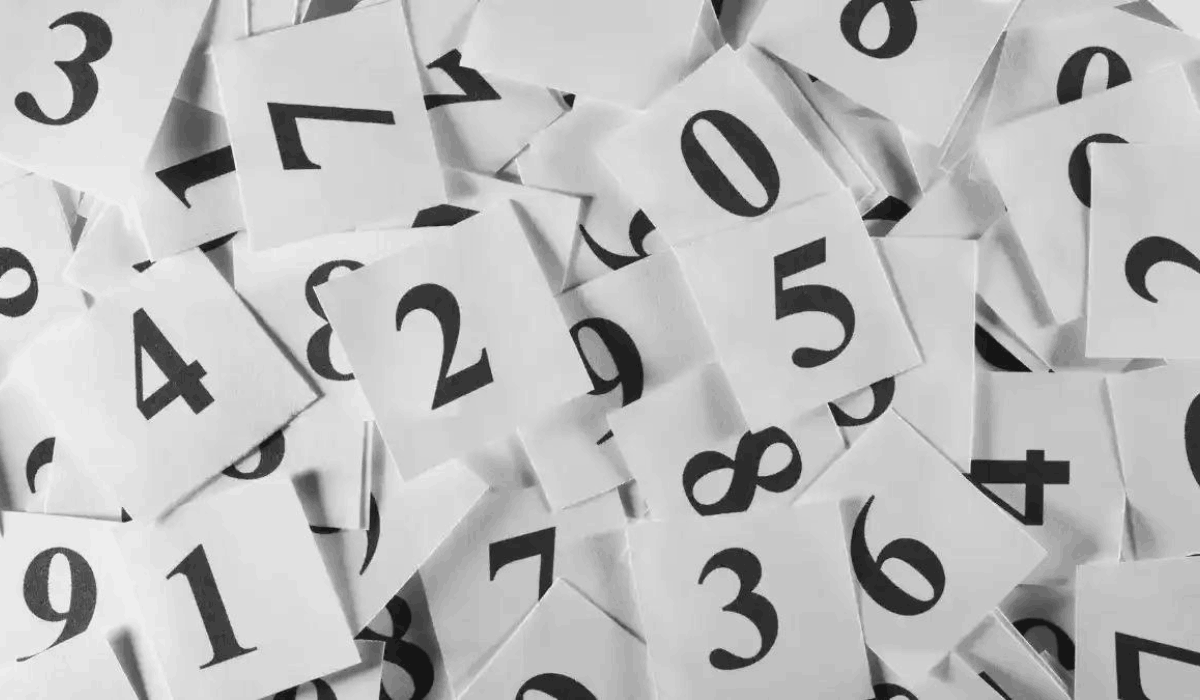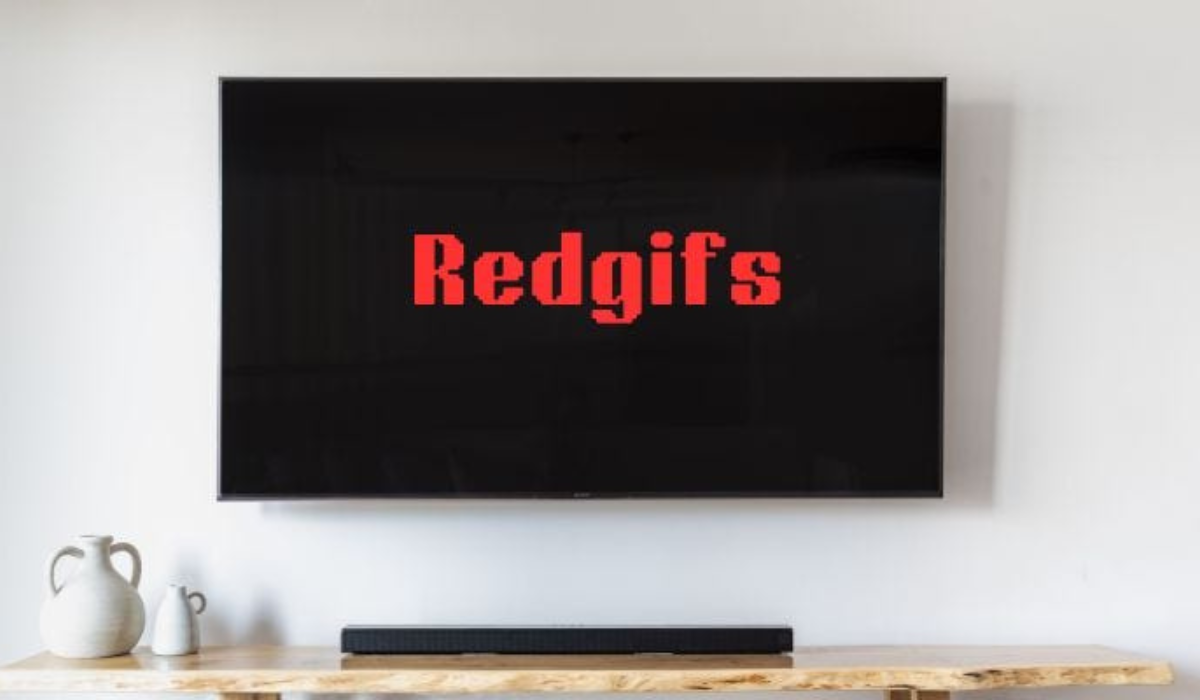
The New York Times (NYT) crossword puzzle is more than just a pastime; four digits to memorize nyt it is a cultural institution that has challenged and delighted solvers for decades. Among the myriad of clues that appear in these puzzles, a curious and intriguing trend has emerged: the use of four-digit numbers. These seemingly random sets of digits often carry significant meanings or connections that can be a delight to uncover. This article explores the phenomenon of four-digit numbers in the NYT crossword, examining their historical context, common themes, and the strategies solvers can use to decode them.
The Historical Context of NYT Crossword Puzzles
The New York Times crossword puzzle made its debut in 1942, and since then, it has become a staple for puzzle enthusiasts around the world. Edited by renowned figures such as Margaret Farrar, Eugene T. Maleska, and currently Will Shortz, the puzzle has evolved in complexity and style. The inclusion of four-digit numbers, while seemingly modern, has roots that go back decades.
Early Instances and Usage
In the early years of the NYT crossword, numerical answers were relatively rare. When they did appear, they were typically straightforward and related to dates or simple arithmetic. However, as puzzles grew more sophisticated, constructors began to incorporate numbers with greater frequency and creativity. Four-digit numbers started to appear more regularly, often linked to significant historical years, notable events, or clever wordplay.
Themes and Patterns in Four-Digit Numbers
Four-digit numbers in NYT crossword puzzles can follow various themes and patterns. Understanding these can provide solvers with valuable clues to decode them effectively. Here are some common categories.
Benefits of the Four Digits to Memorize NYT Crossword
The Four Digits to Memorize Method efficiently upgrades memory since it offers many significant advantages. Let’s discuss the benefits of this method below:
1. Structured Memory Technique
This method gives a structured approach to remembering numbers making it simpler and less discouraging. Moreover, breaking down long sequences into manageable chunks makes the task further easier.
2. Utilizing Visual Memory
Retaining visual data in the brain is typically more convenient than abstract figures. Thus, associating a digit group with a mental image can leverage the natural ability of the brain to remember visual information. Moreover, this makes the memorization process more enjoyable.
3. Versatility in Application
This noteworthy method can be applied to various types of numerical data, such as important dates, credit card numbers, or phone numbers. Due to its flexibility, it is an important tool for everyone required to remember significant numbers.
Effective Techniques for Four Digits to Memorize NYT Crosswords
This method verily empowers different cognitive functions to make memorization easier and more effective. Here are some most popular and successful techniques to proceed with it.
1. Break it down
Firstly, break the long sequence of numbers into manageable chunks of four digits. For example, dividing 78906543 into 7890, and 6543 eases the memorization of information.
2. Repetition
Write or speak loudly to repeat the digits. This emphasizes the memory to enhance the brain’s ability and remember frequently encountered information effectively.
3. Create Associations
Link the digits with known scenarios or items. For instance, relating 1982 with a specific event in your life makes the number easier to remember.
4. Use Visuals
Make a visual image that integrates the digits. Visualizing 6789 as a series on a digital clock or road address can enhance recalling. Hence, Four Digits to Memorize NYT Crossword provides an easier procedure to effortlessly remember long numerical sequences.
5. Tell a Story
Create a story around the numbers like breaking 3579 into “35 cats and 79 dogs”. Creating such narratives makes the digits more memorable.
6. Add Rhymes and Rhythmic patterns
Rhyme or rhythmic pattern with the digits helps a lot in recalling the digits. An example of “1, 2, buckle my shoe; 3, 4, shut the door” uses rhythm to assist in memorization.
Practical Use of Memorization Skills

For sure, implementing The Four Digits to Memorize NYT Crossword in real life can increase your memory skills. Now, let’s discuss some practical applications of this method under various situations:
1) Recalling Phone Numbers
This method is very helpful in memorizing phone numbers by chunking them into sets of four digits. However, imagining each set with vivid images is necessary to remember for a long time.
2) Remembering Credit Card Numbers
This technique helps remember credit card numbers and PIN codes with convenience. Moreover, it also increases the security of the important digits.
3) Memorizing Important Dates
Recall dates of birthdays or other events by converting them into four-digit series and associating them with memorable stories is an efficient trick for the Four Digits to Memorize NYT Crossword.
4) Studying Mathematical Sequences
Applying this to remember formulas or complex numerical sequences of mathematics or other subjects helps you a lot.
Thus, having experience with this technique helps you explore its practical value in different contexts of everyday life.
Historical Years
One of the most common uses of four-digit numbers in crosswords is referencing historical years. For example, “1492” might clue to the year Columbus discovered America, while “1776” could reference the American Declaration of Independence. These numbers are often used because they are memorable and widely recognized.
Pop Culture References
Four-digit numbers can also relate to significant years in pop culture. This might include the release year of a famous movie (“1939” for “Gone with the Wind”), the birth year of a notable figure, or the year of a major sporting event. Such references often require solvers to have a broad knowledge base and an ability to make connections between the number and its cultural significance.
Mathematics and Science
In some cases, four-digit numbers may have mathematical or scientific relevance. This could include important constants, significant dates in scientific history, or numbers that hold particular mathematical properties. For instance, “1729” is known as the Hardy-Ramanujan number, the smallest number expressible as the sum of two cubes in two different ways.
Wordplay and Puns
Constructors often employ wordplay and puns with four-digit numbers. A clue might involve a homophone or a play on words that leads to a four-digit answer. For example, “One thousand and one nights” could be clued as “1001,” playing on the title of the famous collection of Middle Eastern folk tales.
Strategies for Solving Four-Digit Clues
Successfully solving four-digit clues in NYT crosswords requires a mix of general knowledge, pattern recognition, and sometimes a bit of lateral thinking. Here are some strategies that can help:
Context Clues
Often, the surrounding clues and the overall theme of the puzzle can provide hints about the four-digit number in question. If the puzzle has a historical theme, it’s likely that the four-digit number is a significant year. Similarly, if the puzzle focuses on cinema, think about important movie release years.
Recognizing Patterns
Familiarize yourself with common four-digit numbers that appear in crosswords. Certain years and numbers are used more frequently because they are well-known or have multiple associations. Keeping a mental or written list of these can be useful.
Cross-Referencing
When stuck, cross-referencing with other parts of the puzzle can be a lifesaver. Look at the intersecting answers for additional hints. Sometimes, filling in more of the crossword grid can make the answer to the four-digit clue more apparent.
Leveraging Technology
While many purists prefer to solve crosswords without assistance, using technology can be beneficial. Online databases and crossword-solving tools can help identify common four-digit numbers used in puzzles, providing a quick reference when you’re stumped.
The Cultural Impact of NYT Crossword Puzzles
The NYT crossword puzzle’s influence extends beyond the realm of casual entertainment. It has become a significant cultural touchstone, inspiring books, documentaries, and even competitive events. The inclusion of four-digit numbers and other clever clues is a testament to the creativity and depth that the puzzle can achieve.
Competitive Crossword Solving
Competitive crossword solving has grown in popularity, with events like the American Crossword Puzzle Tournament drawing participants from around the world. In these competitions, solvers must quickly and accurately decode a wide range of clues, including those involving four-digit numbers. Mastery of such puzzles requires not only knowledge but also speed and agility in thinking.
Educational Value
Crossword puzzles, including those with numerical clues, offer educational benefits. They enhance vocabulary, improve problem-solving skills, and increase knowledge across a wide array of subjects. For students and lifelong learners, engaging with NYT crosswords can be both a challenging and rewarding exercise.
Social and Community Aspects
The crossword puzzle community is vibrant and connected, with enthusiasts sharing tips, discussing particularly challenging clues, and celebrating notable puzzle achievements. Online forums and social media groups provide a space for solvers to connect, collaborate, and compete. The shared experience of solving a tricky four-digit clue can foster a sense of camaraderie and mutual respect.
Memorable Four-Digit Numbers in NYT Crosswords
Over the years, certain four-digit numbers have become iconic within the NYT crossword puzzle community. Here are a few memorable examples.
1066
This year, marking the Norman Conquest of England, is a staple in many crosswords. Its historical significance and recognizability make it a favorite among constructors.
1984
George Orwell’s dystopian novel “1984” is frequently referenced in crosswords. The year itself, symbolic of totalitarianism and surveillance, is often clued in ways that require solvers to think beyond the literal.
2001
Stanley Kubrick’s “2001: A Space Odyssey” ensures that this year often appears in puzzles. The cultural impact of the film and its futuristic themes provide rich material for creative clues.
1234
While seemingly ordinary, this sequence often appears in puzzles due to its simplicity and the pattern it forms. It might be clued in a variety of playful ways, making it a versatile choice for constructors.
FAQs About Four Digits to Memorize NYT
Here are some frequently asked questions (FAQs) about “Four Digits to Memorize” from the New York Times:
How many four-digit numbers are there?
There are 10000 four-digit numbers ranging from 0000 to 9999.
What is the easiest way to memorize four-digit numbers?
Techniques like chunking mnemonics pattern recognition and repetition can make memorization easier.
What do the four digits in the NYT represent?
These four digits known as your NYT PIN or NYT ID represent the section page number column number and article number on that page.
How long does it take to get better at remembering numbers?
Practicing every day helps! Some people notice improvements in just a few weeks.
Can these tricks work for kids as well?
Yes! These methods are easy and can work for kids and grown-ups alike.
Conclusion
The inclusion of four-digit numbers in the New York Times crossword puzzles adds a layer of complexity and intrigue that challenges solvers and enhances the puzzle-solving experience. Whether referencing historical years, pop culture, mathematical concepts, or engaging in clever wordplay, these numbers invite solvers to think critically and creatively.
Understanding the historical context, common themes, and effective strategies for solving four-digit clues can significantly enhance one’s crossword-solving skills. Moreover, the cultural impact of the NYT crossword puzzle underscores its importance as both an educational tool and a form of entertainment that brings people together.
As solvers continue to engage with these puzzles, the four-digit phenomenon remains a testament to the enduring appeal and intellectual challenge of the New York Times crossword. Whether you’re a seasoned solver or a newcomer, the journey of uncovering the secrets behind those four digits is one filled with discovery, satisfaction, and a deeper appreciation for the art of crossword construction.







